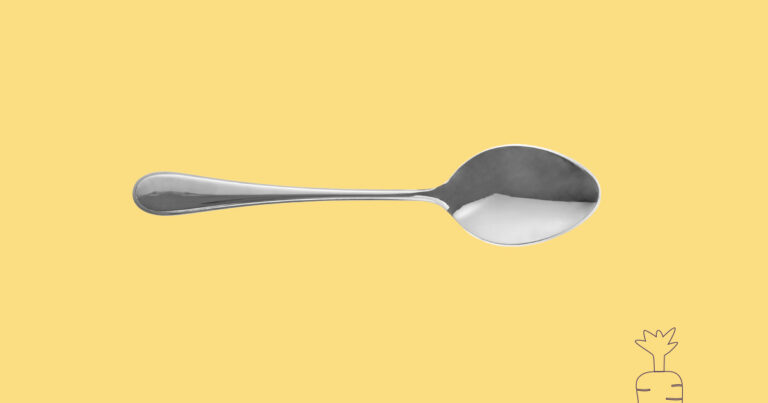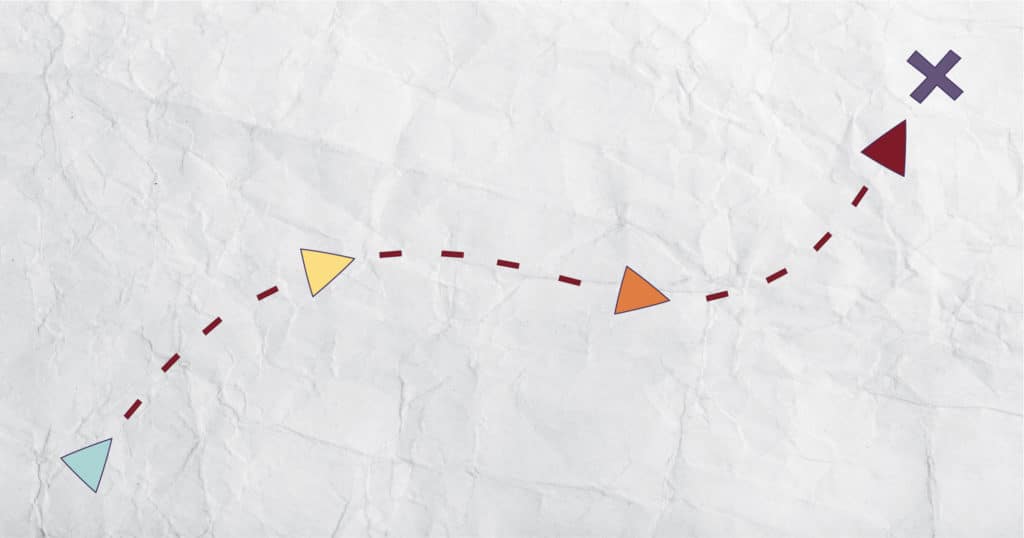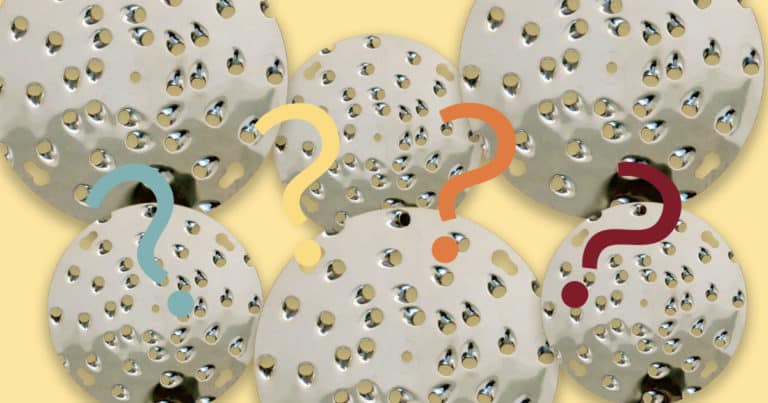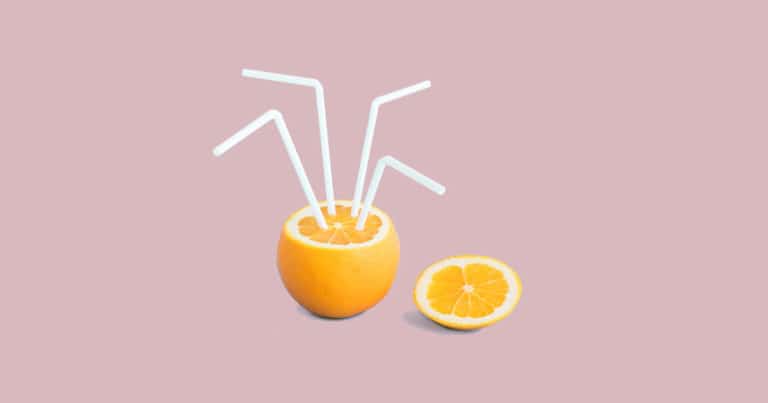
Mixing Produce: Get More Juice Out of Your Juicer
Ready to get more juice with a simple change in your process? Read about the dishwasher analogy & master the art of cold press juicing!

Why should you use the shredder speed control on your Juiced Rite cold press juicer? For ultimate power, of course. (Of course, we’re not actually trying to take over the world, but…)
With speed control on the shredder of your juice machine, you can adapt to the needs of the produce you use in your recipes (yes, produce has needs). Ultimately, you’re aiming to get the most juice out of your produce for incredibly successful juice press sessions. Speed control gives you that ultimate power – er, ability.
Before we talk about the speed of the shredder, it’s important to understand the science of how the juice moves from the shredded produce and out through the bag during pressing. We like to call these spaces the “juicing channels”.

Juicing channels are the route juice takes to travel from the produce shreds to its final destination. Juice is trapped inside your produce shreds until pressure is applied to release the juice when you press. Done correctly, the channels remain relatively open during the press and the juice flows freely through and into the collection pan.
But if the shreds lock together and close all the space between them (closing the juicing channels), the juice has nowhere to move to. This traps the juice inside the cake and prevents it from flowing through the shreds, through the press bag, and out into the juice collection pan. Trapping juice in the bag is not conducive to making cold press juice (but you probably already figured that out).
We can avoid closing the juice channels by considering the firmness and water content of our produce and using tools like shredder speed and blade size proactively (along with a bit of “know-how”).
When we’re working with a variety of water content and firmness in our produce, we can’t use the same process every time. If our aim is to get the most cold press juice out of every batch of produce, then we need to adjust to the needs of our produce (you want the most juice, right?).
In order to operate the shredder speed at maximum efficiency you also want to consider what blade you’re using. And to decide that, you want to consider your chunk size.

Soft produce (aka “squishy”), which is also usually higher in water content (aka “juicy”), needs bigger chunks to maximize juicing. The larger chunks create larger spaces between and keeps those juicing channels more open than small chunks do. Typical “soft” produce includes pineapple, mango (always remove pit before shredding!), cucumber, soft apples, and pears.
To achieve big chunks, you would use a large scallop blade. We recommend 1/2″ scallop for most soft produce (but, as always, test and find the best blade and produce combo for you).
Larger blades prevent the produce from being hit by the blade multiple times and turning your shredded produce into mush. Combine the larger blade with a slower shredder speed and you are literally nicking the produce into big chunks that fall right into your press bag, ready to be pressed!
Soft Produce –> Big Chunks (Big Scallop Shredder Blade) + Slow Shredder Speed = Fabulous Maximum Yield Cold Press Juice

When working with harder (firmer) produce, you use the opposite technique from soft produce. Smaller shreds are better for these tougher fruits and vegetables because their firmness holds the shred shape so well they don’t smash together tightly, which allows the juice to move quite freely. And being smaller shreds, the juice doesn’t have as far to travel to get out of the produce. Win-win!
Using small scalloped shredder blades will give you the finest shred for your firmer produce. Our favorite is the 3/16″ for produce like green apples or carrots. Testing your recipe’s produce with different sized blades is always a good idea, as many factors, such as ripeness, affect the firmness of all produce.
Firmer produce also allows for a much faster shredding speed. The faster speed doesn’t mush the shreds like soft produce, and it gets the job done quicker.
#PRO TIP: We do recommend that you follow ALL firm produce (such as hard apples) with your produce plunger fairly quickly after adding to the chute. Apple cannons are real and can be dangerous!
Hard Produce –> Small Shreds (Small Scallop Shredder Blade) + Fast Shredder Speed = Fantastically Efficient High Yield Cold Press Juice
When your recipe calls for a mix of hard and soft produce, we safely recommend a small scalloped blade and full speed on your shredder (the pulping blade works well for most recipes too). Interestingly, the firmer produce will mix in with the softer and keep the channels open. Kind of like how the bubbles mix in with water in your sparkling beverage (not the best analogy but maybe it works?).
We are big fans of mixing your produce and pressing entire recipes at once. Read more about that here in our Dishwasher Analogy (it makes sense once you read it, promise).
How do you know if your produce is hard or soft? Read on for a few simple methods.
For rounder produce like apples, press your thumb into the flesh. If your thumb leaves a dent, you’ve got a soft apple. If it does NOT leave a dent, why, your apple is what we refer to as hard (but not in a way that is difficult or whiny).
For longer produce like carrots or celery, if you can bend them and they break, they are hard. If they don’t break, you likely have something a little softer and can adjust your blade size accordingly (remember soft+big, hard+small).
Another thing to take into account is the water content. Softer fruits and vegetables typically have higher water content, often enough that you can start your blade size and shredder speed tests with softer produce recommendations (big scallop, slow speed).
Leafy greens fall into the hard produce category – sort of. They don’t pass the tests above for hard produce really but they have a lower water content (unless you’re using iceberg lettuce, but really, is that a leafy green?). Lower water content makes them hold their shredded shape well, which leaves our juicing channels open. For best results, we recommend the pulping shredder blade for leafy greens and run your shredder at full speed.

So when it comes to operating your press for maximum efficiency to produce the highest possible cold press juice yield, you have speed control along with the proper blade size working in your corner. (Just make sure your blade is sharp for best results!)
Slowing down your press increases your yield with softer produce, which, in turn, speeds up your entire process- increasing your yield and reducing waste. Hooray!
Just remember: You can’t juice a smoothie.
Happy Juicing!

We’ll send new article alerts & product updates.
| Thank you for Signing Up |


Ready to get more juice with a simple change in your process? Read about the dishwasher analogy & master the art of cold press juicing!

In this article we discuss the ideal use and merits of each blade available through Juiced Rite.

In this article, we’ll talk about high impact actions you can take to increase your yield with your cold press juice machine.